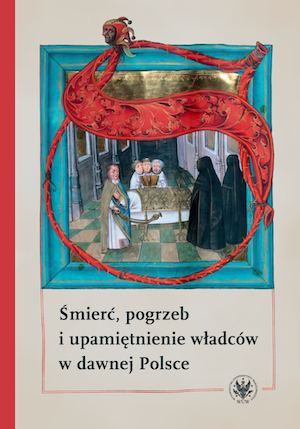Od pomnika niespełnionych ambicji do pamiątki narodowej. Dzieje nagrobka Władysława Białego w kościele Saint-Bénigne w Dijon
From the Monument of Unfi lled Ambitions to the National Memento. The History of Władysław Biały’s Tomb in Saint-Bénigne Church in Dijon
Author(s): Wojciech Sowała
Subject(s): Middle Ages, 6th to 12th Centuries, 13th to 14th Centuries, 15th Century, 16th Century, 17th Century, 18th Century
Published by: Wydawnictwa Uniwersytetu Warszawskiego
Keywords: Władysław Biały (Władysław the White); Dijon; tomb; the Emblem of Dobrzyń Land; Piast; the Piast Dynasty; funerary sculpture
Summary/Abstract: Władysław Biały (Władysław the White, died in 1388), was the last prince of the Kuyavian Piast dynasty. At the beginning of his career it was believed that he would become the successor of king Kazimierz Wielki (Casimir III the Great). After king’s death, Władysław tried to take the crown twice, albeit unsuccessfully. He spent the last years of his life in Saint-Bénigne monastery in Dijon, where he was buried. The article examines the iconography and history of the tomb of Władysław Biały. The inscriptions, attire, heraldic programme, spatial context and references to the tombs of the French elites clearly indicate prince’s royal ambition and confirm that the tomb was built straight after Władysław’s death. The second part of the paper presents the history of prince’s memoria, which became one of the attractions of the monastery. The monks cultivated his memory and proudly presented his tomb to visitors. Finally, the presence of Władysław’s monument in 19th century Polish historical literature, popular press, poetry and paintings is analyzed. In that time, the tomb played a certain role as a notional memento in maintaining national identity and in the fight for independence.
Book: Śmierć, pogrzeb i upamiętnienie władców w dawnej Polsce
- Page Range: 30-48
- Page Count: 19
- Publication Year: 2020
- Language: Polish
- Content File-PDF

